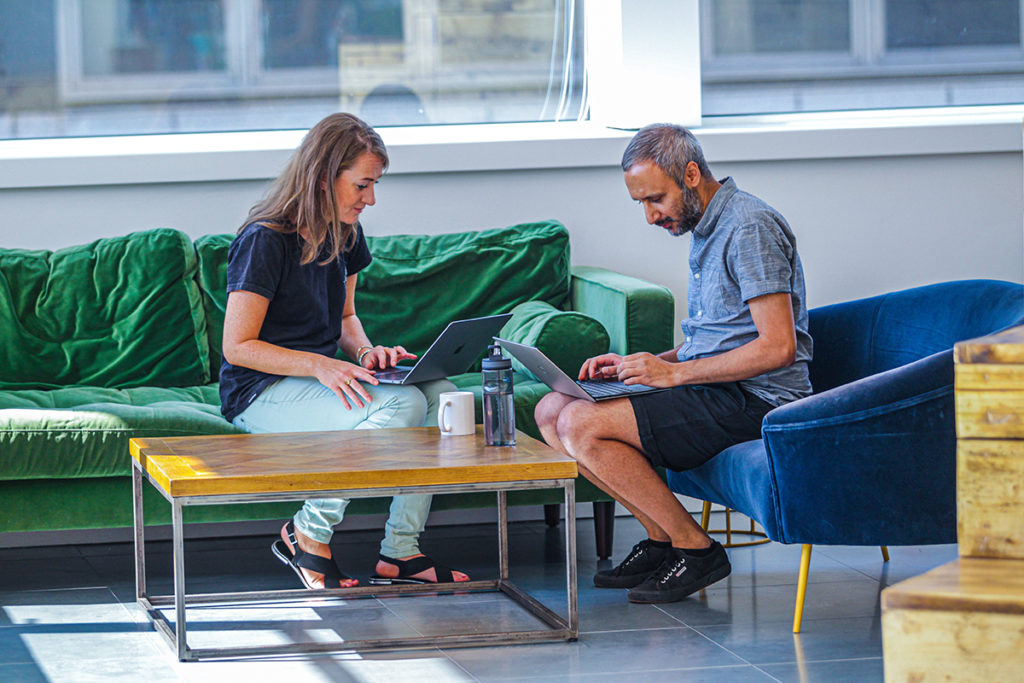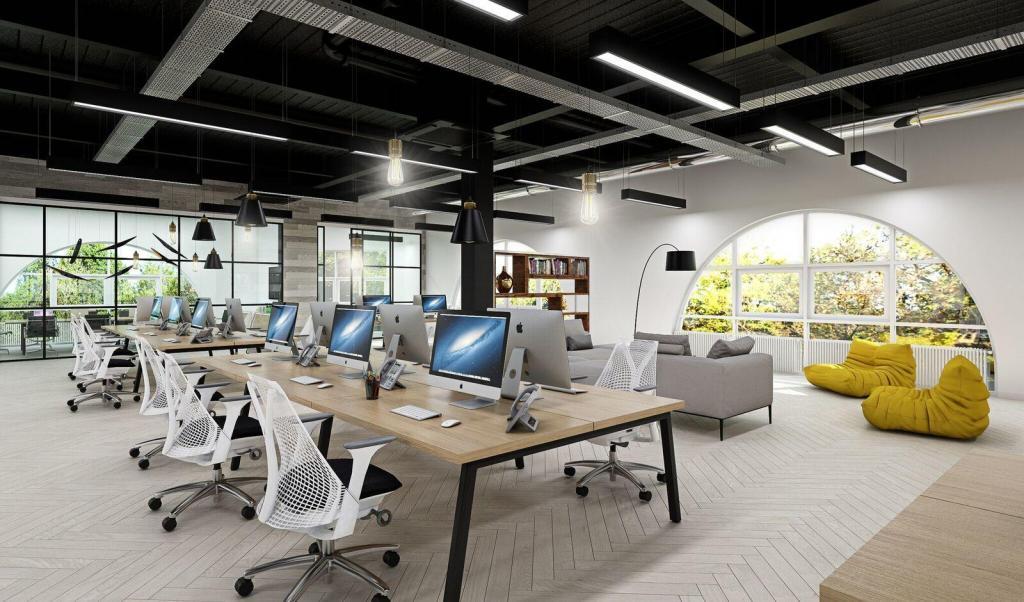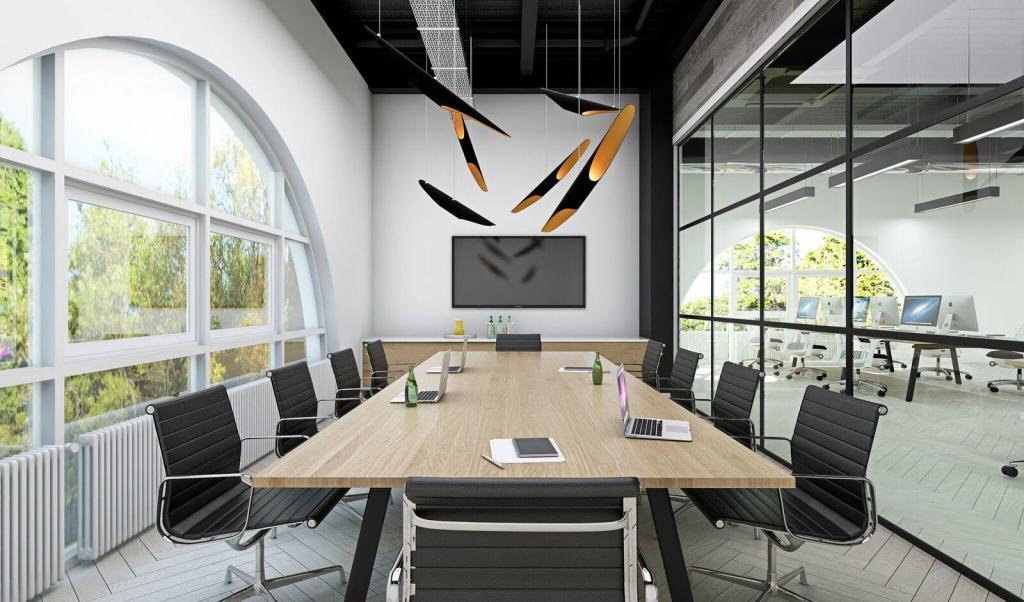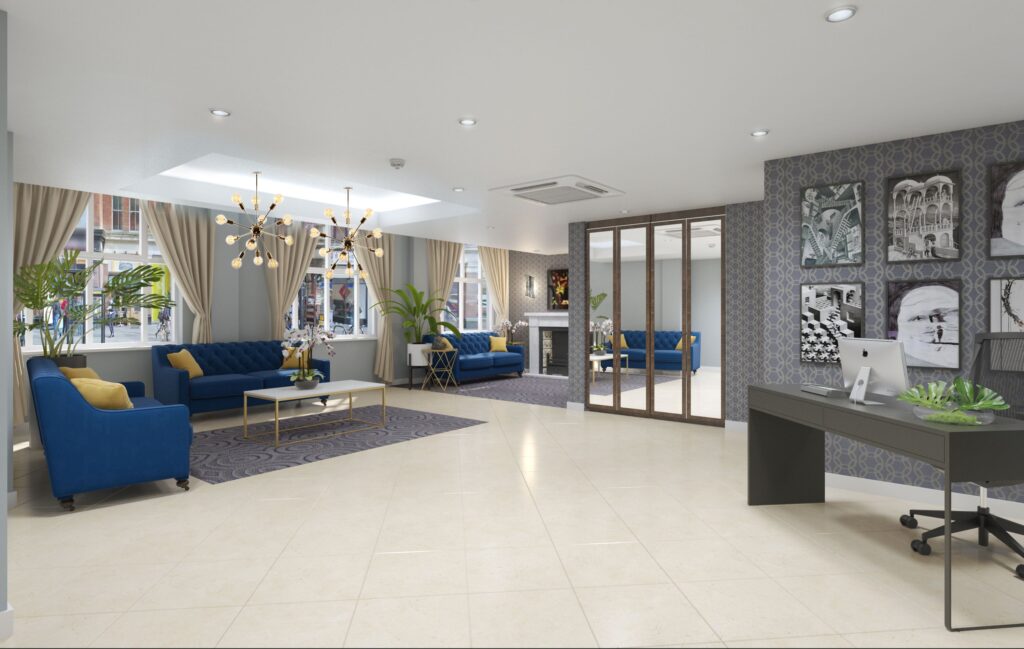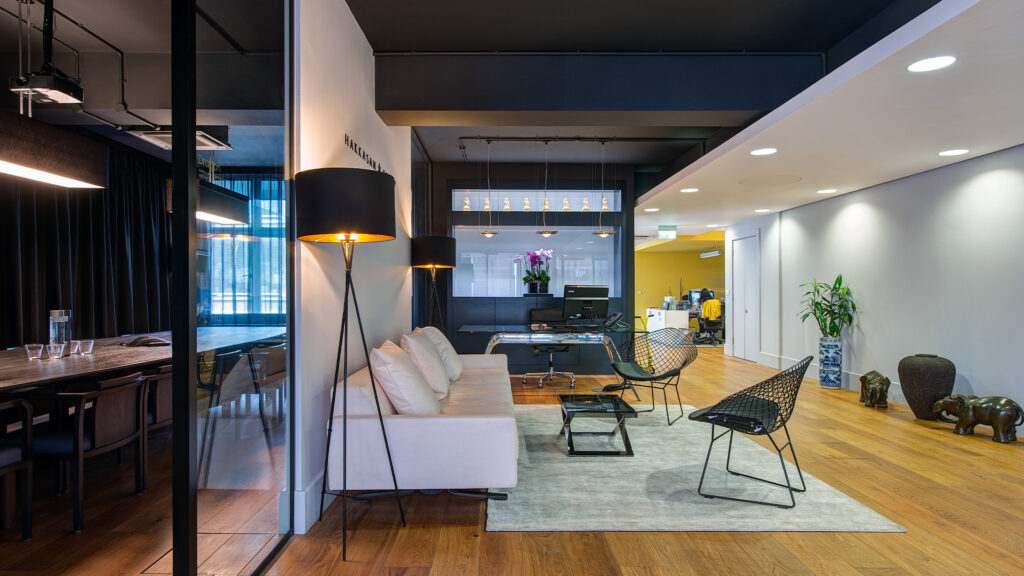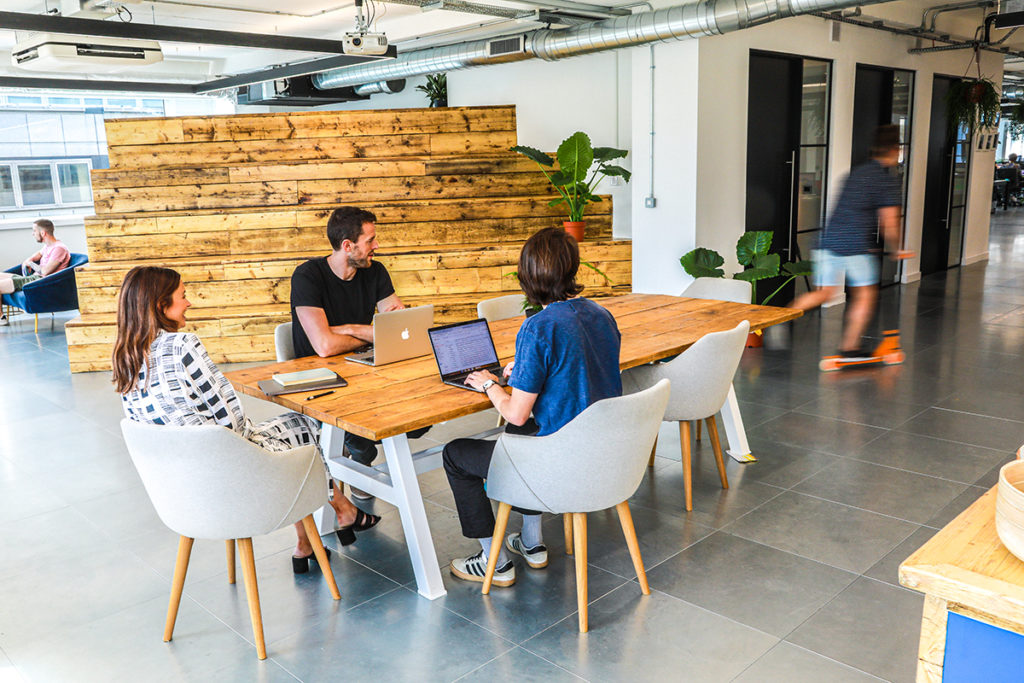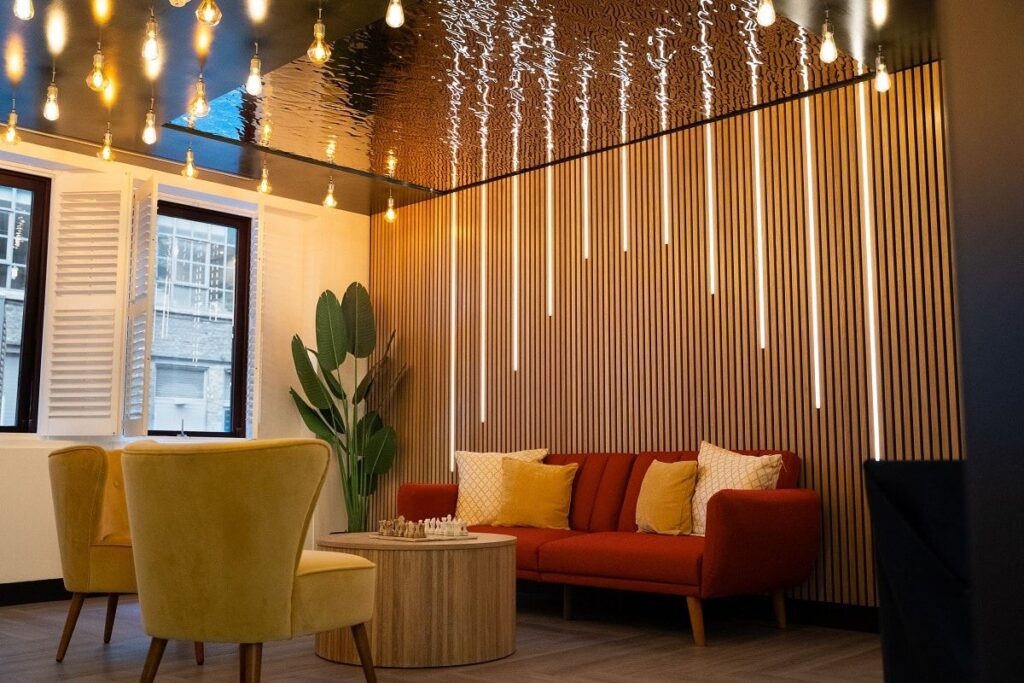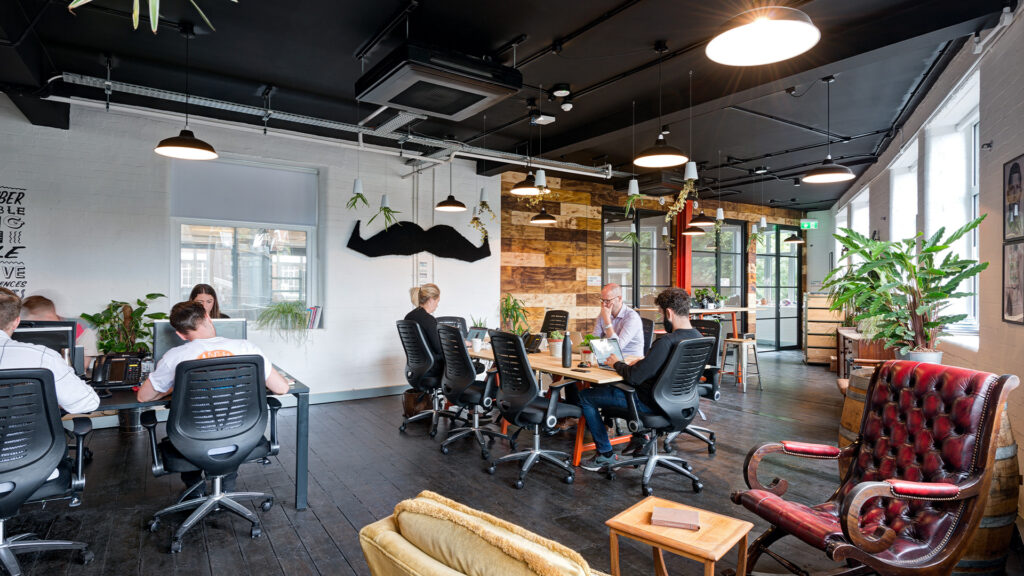Great office design isn’t just a perk of the job—research shows that attractive office interiors motivate workers and improve productivity. Here’s how a simple office fit out can boost your workers’ job satisfaction.
Office design gets physical
Way back in the 1940s, a team of psychologists developed the propinquity theory of friendship that would later go on to shape the office interior design of technology giants such as Google and Pixar. The researchers believed that proximity drives how we connect with people —specifically, that we make friends with the people who cross our paths throughout the day.
Motivational office design capitalizes on the same idea. The trick is to create an atmosphere where employees are free to explore the premises and collide with each other, for example, by putting beanbag chairs in corners or incorporating micro-kitchens into the office fit out. Even if your employees are not constantly generating new ideas from these random encounters, evidence suggests that they’ll enjoy their friendly office interior, which feeds into motivation and greater productivity.
Office design gets generational
According to Jeanne Meister, author of “The 2020 Workplace” we’ll soon have five generations of workers in the office—Baby Boomers, Generations X, Y and Z and the unnamed pre-Boomer generation that refuses to retire. Work styles vary wildly between these generations, so your office design is going to have to deliver different perks for different people.
Boomers may still be motivated by the corner office. Millennials, on the other hand, prefer a socially interactive office design. Creating an office interior that features a flexible blend of layouts, facilities and services is an effective weapon in driving engagement across multiple generations.
Office design gets autonomous
Research by Gensler shows that tech employees are the happiest and most satisfied workers. Why? They choose how they work. Creating an office fit out that liberates, challenges and inspires workers is not as complicated as it sounds. Flexible furniture allows workers to select the layout, height and configuration of their immediate workspace based on personal preference. Multiple space typologies let them select the privacy, sociability and noise level that matches their mood. Simple colour can be used as a sensory aid and to delineate spaces.
One size does not fit all. But even the smallest office interior has scope for a collaborative, multi-generational office design that boosts motivation and performance.




